2019 Ad Trends: Q&A with Greg Cappello
By Rebecca Paddon | December 28, 2018
Full article ran here.
Have there been any major mobile ad trends that absolutely dominated the industry in 2018? What’s surprised you the most?
You can’t talk mobile ad trends without mentioning the duopoly, and new triopoly with Amazon’s entrance into the fray. 2017 served as a year of growing pains for the Facebook and Google duopoly, with agencies and advertisers finding their ad metrics to be skewed in several different business drivers.
You almost expected the kinks to be worked out in 2018, but instead, they were magnified. Consumers have become more aware of how their data has been used for advertising, tracking behaviors and more, which have all contributed to the risk of data leaks. Because of this, they’re pushing for more transparency while Google, Facebook, and now Amazon continue building products to capture the majority of digital ad spend.
From the lens of the consumer, they’re more likely to gravitate towards the objectives and business drivers they understand. People understand what Amazon does with their money more than they do with Facebook and Google. But if Amazon becomes just another goliath tech company, all the goodwill they’ve built could be lost if they start looking at their customer base as “users.”
What were the major pain points so far this year? Do you see these issues being addressed anytime soon?
2018 saw the push for more in-house strategies, both in terms of programmatic and creative. Brands seemed to be wary of their relationships with agencies in some regards. This only magnified the pressure on agencies to provide quality offerings and pricing transparency.
With the Coalition for Better Ads and programmatic buying leading to more standard, “invisible” ads, marketers have found themselves running flat and uninspiring creative to streamline buying & reporting. This will only change if advertisers can shift their focus to more on exciting ad formats and designs that meet consumers expectations. If agencies can utilize this as well, it could help bring all-new value to their brands while rebuilding trust between the agency and the client.
What is your opinion on the current health of the mobile ad industry heading into 2019?
This was a great year for the industry and it was exciting to watch mobile continue to grow in 2018. While time spent in apps continued to grow, so did the unique visitor growth on the mobile web. This was about 2 times the rate of mobile apps.
Almost everyone is spending more time with their smartphone than watching TV and in 2019 every age/demo will be doing the same.
How will the industry continue to develop in 2019 and what do you think the biggest storylines will be?
This is an incredibly exciting time for the advertising industry, and we’re tracking several storylines in 2019, including a renewed interest in the visibility/viewability debate, data transparency, state-level regulation, and emerging walled gardens like Amazon, Xander, and Verizon Media Group.
As mobile continues to grow, there are also several trends that will continue to evolve: ○ Video will continue to grow but it may not be traditional pre-roll; shorter, interactive videos (possibly vertical) will continue to gain adoption. Creative automation should continue to evolve as clients look for solutions to standout beyond technical integrations and efficient buying platforms.
How can other players in the industry and/or brands begin to act on these trends now to get ahead of the curve?
Other players should be really thinking mobile-first, by planning and designing ad creative for mobile and then working backward to larger devices, TV and out of home.
It’s also important to have the awareness that social is effective, but also not a complete mobile strategy. 80% of digital impressions are on a smartphone. People spend 23% of their time in the mobile web but then investment does not match consumer behavior.
Ultimately, they should focus on the customer. Direct to consumer brands obsess on their customers and they’re winning. Big brands need to do the same, from user experience around advertising to usage and privacy around consumer data.
